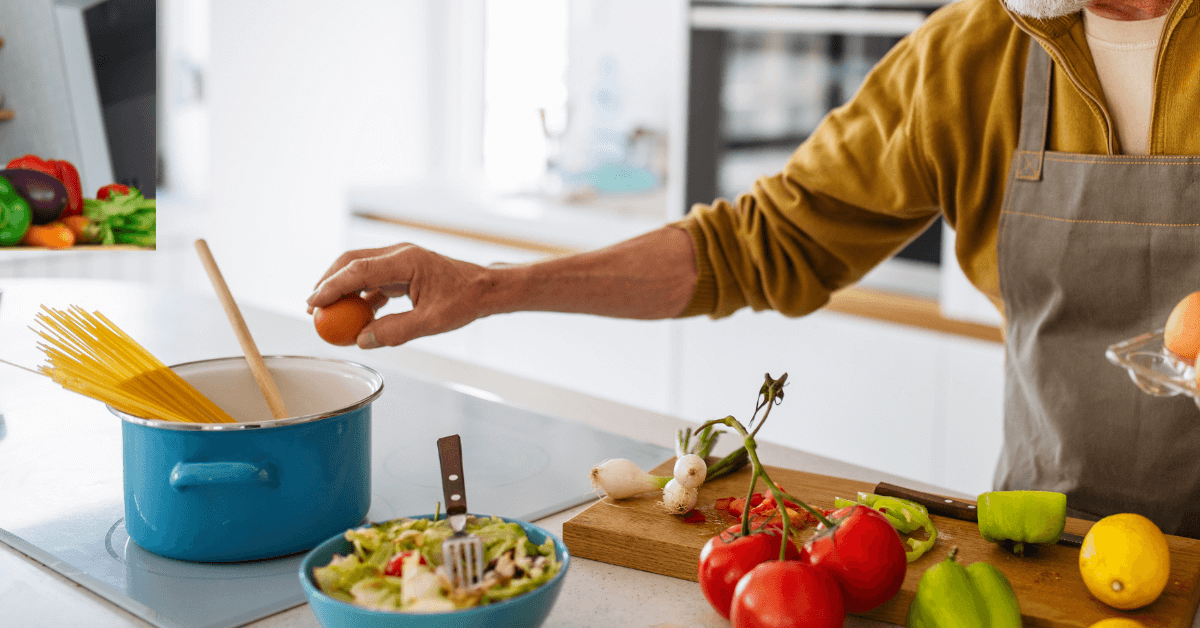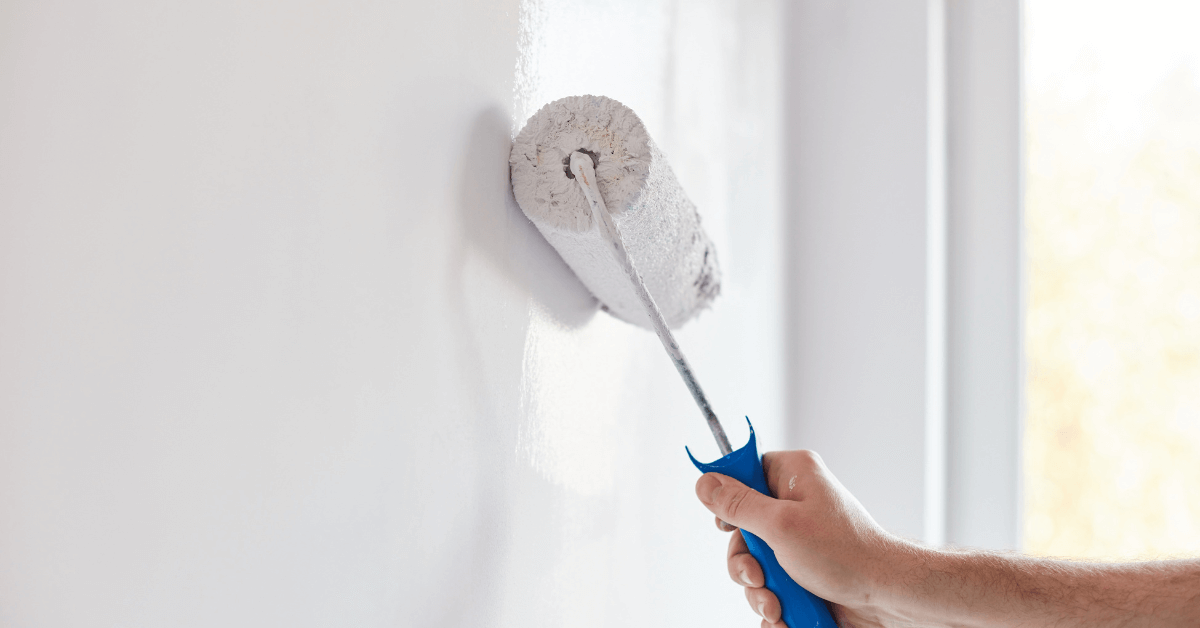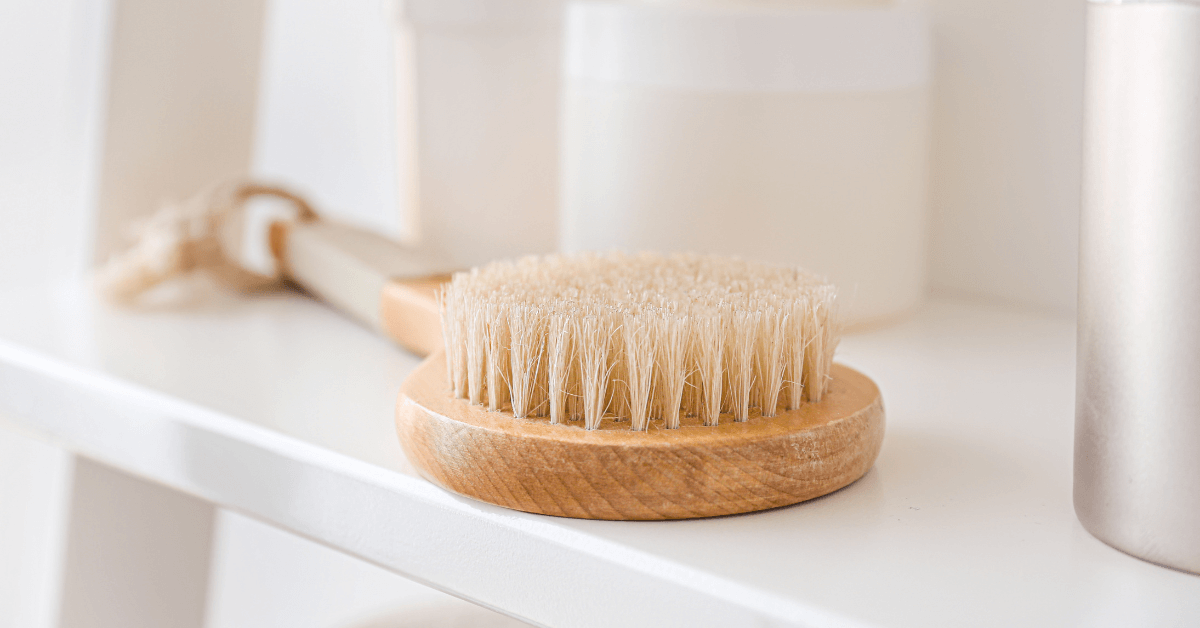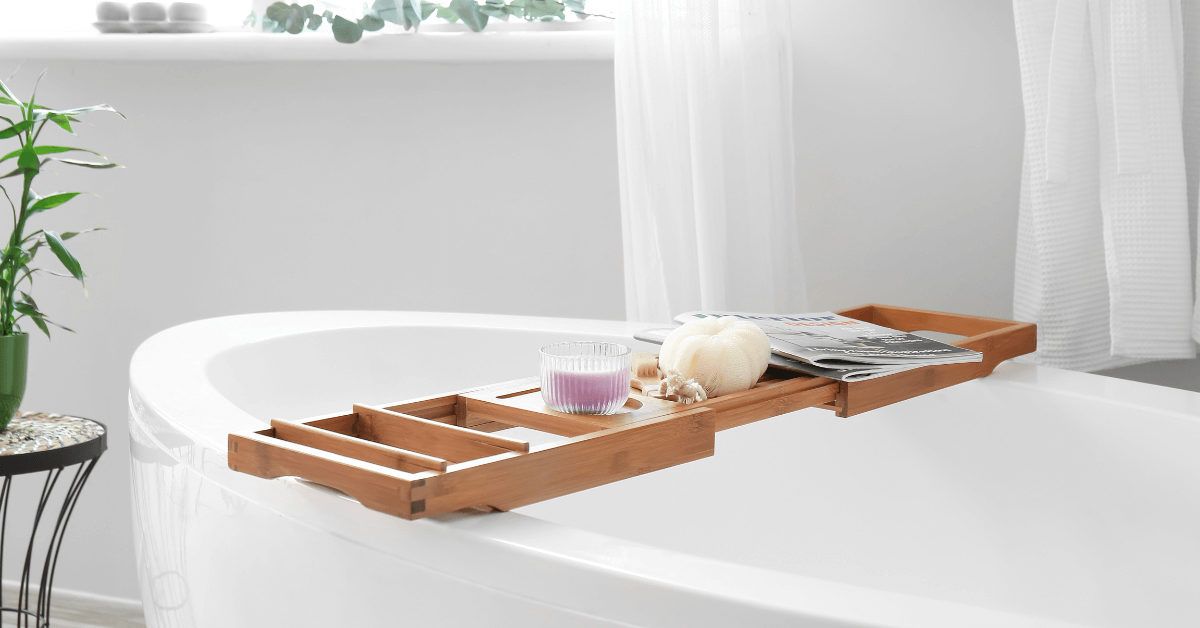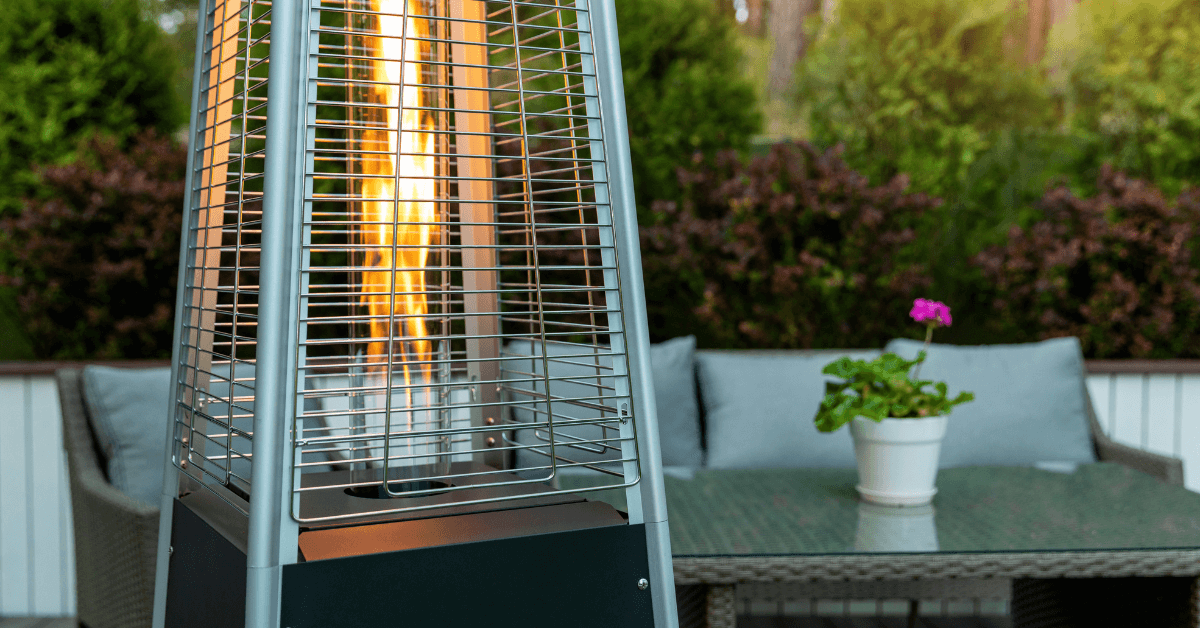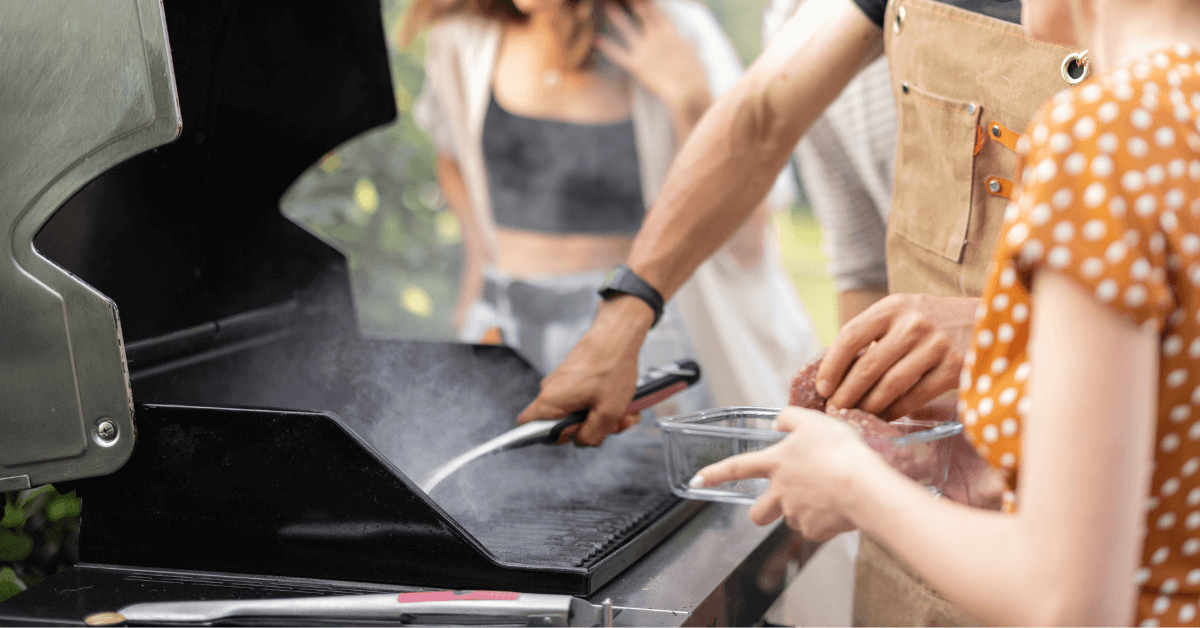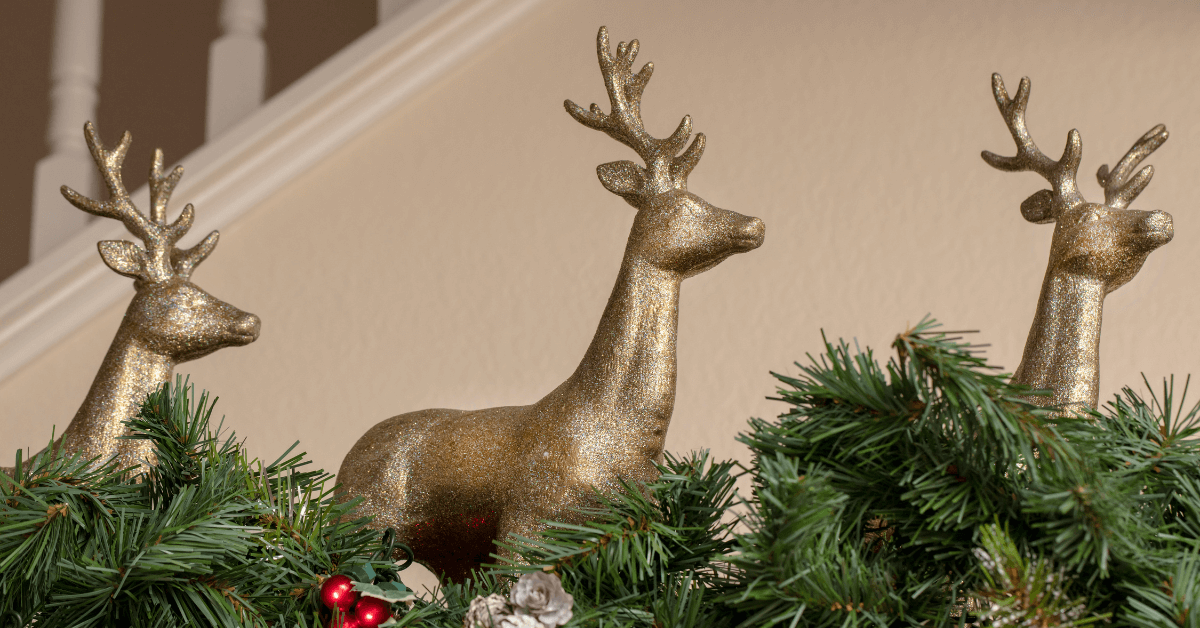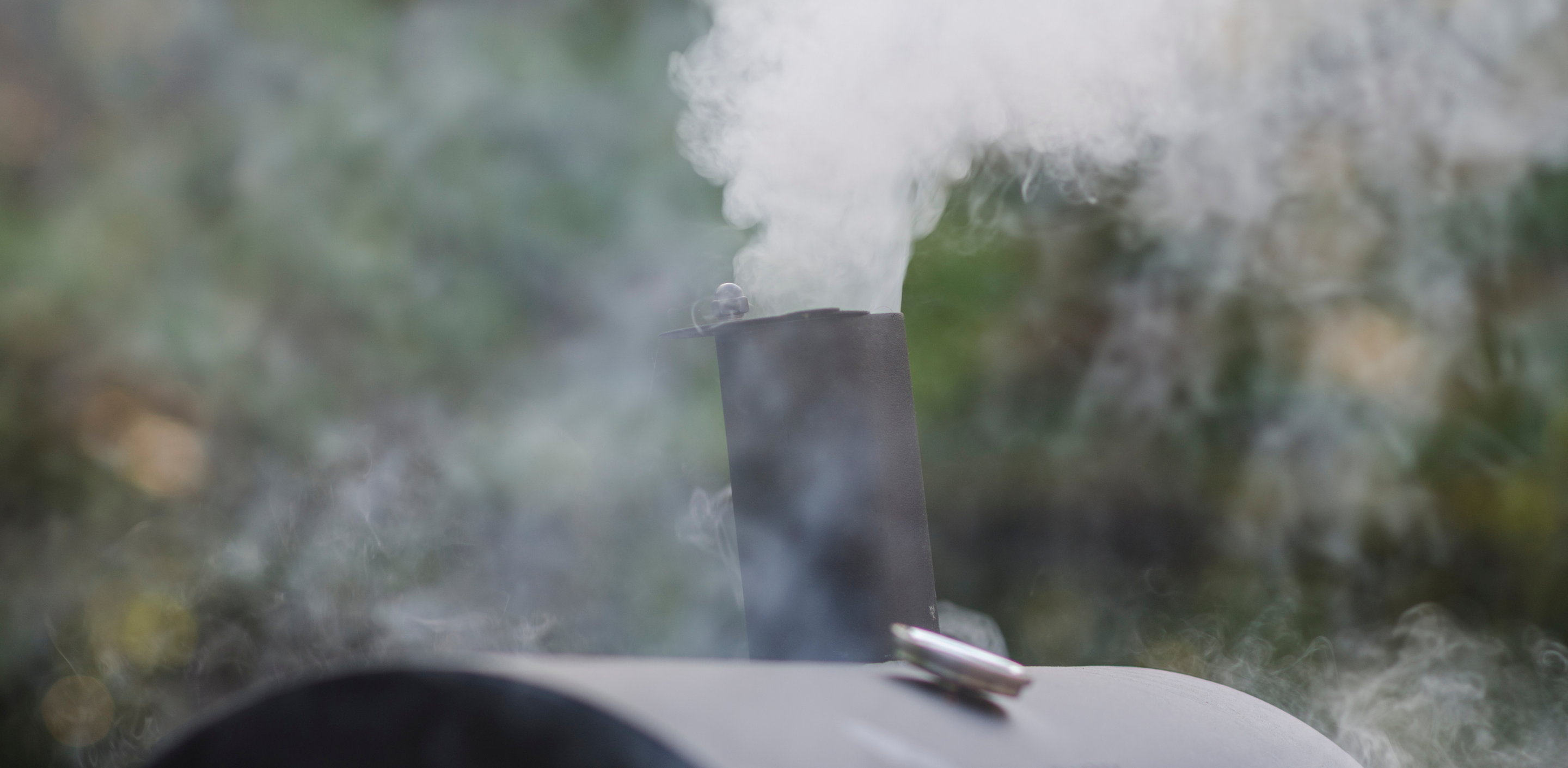• What food smokers do (and why they’re so great)
• How to use a smoker
• The best foods to cook in a smoker
• How long it takes to smoke food
• What type of wood chips work best
• 11 great DIY smoker projects you can try yourself




• A container to hold the smoke
• A source of smoke (hard wood chips are best to use for smoking)
• The actual food to smoke
How Long Food Will Take From The Grill To Your Plate


• VEGETABLES: When it comes to veggies, the longer they are on the grill, the more flavour they’ll absorb. Remove them when they’re cooked to your liking. Whole potatoes generally take around 2-3 hours, and corn on the cob takes around 2 hours.
• CHEESE: Cheese can be kept in the smoker for 1-4 hours. Just remember to keep the temperature nice and low and keep checking on it to prevent it from melting.
• BEEF: Beef brisket and roasting joints can take anywhere from 12-20 hours on a steady heat of 87-93ºC. Short ribs should take around 6-8 hours and back ribs 4-5 hours, both cooking at 107-115ºC.
• PORK: A pork tenderloin can be cooked in as little as 2 hours, and spare ribs in 6 hours by smoking at around 107-115ºC.
• POULTRY: You can expect a whole chicken to cook in your smoker in 3-4 hours at 121-135ºC. Legs and thighs will take around 2 hours, and wings 1.5-2 hours at the same temperature.
• FISH & SEAFOOD: Salmon fillets will cook in as little as one hour, and scallops 45-60 minutes at a temperature of 104ºC.
Tips On Picking The Right Type of Wood Chips For Flavour


Works best with: beef, lamb and poultry on the bone.


Works best with: chicken, pork and gamey meats like venison or duck.

Works best with: chicken, pork and cheeses


You can find some expert help and advice on curing over on Lucas Ingredients, or follow this simple Wiki How guide for curing meat at home.
What You Can Do To Stop The Wind Affecting Your Smoker

A similar position to where you’re likely to place your patio furniture is ideal.
If you are using a horizontal smoker, you want the path of airflow through your smoker to be in the same direction as the wind.
Always be mindful of the smoke slowly dying out and the amount of oxygen that enters and escapes the smoking chamber. This will affect the temperature inside, cooking times and flavours.
11 Creative Meat Smokers You Can Build Yourself

Here comes the exciting bit!
Now you know what foods work best smoked, what wood chips you want to try out and how long to cook everything for, it’s time to get your builder’s hat on!
Check out some of my favourite tutorials on how to build a smoker at home.
Points to note:
- Some of these meat smokers will be a lot easier to build than others depending on your DIY skills and budget.
- Any smokers built at home are made at your own risk.
- Please always be safe and responsible around flames, heat sources and smoke, especially in the presence of pets, children and the elderly.
1. DIY File Cabinet Smoker

If your workplace or office is having a clear-out, or you have access to the likes of Gumtree look out for an old filing cabinet getting thrown out.
Their tall, slim shape with multiple drawers, make them ideal for turning into a homemade food smoker!
A word of warning:
This can be quite a tricky project, as you’ll need to make sure you remove all plastic parts and replace them with metal.
You will also want to remove the original paint and recoat with a high heat resistant paint instead, along with some other important tweaks to make it safe and to use and food friendly.
Take a look at this step by step guide for making a filing cabinet smoker over at Instructables.com to see what materials and tools you’ll need to get started.
2. DIY Metal Trash Can Smoker

Metal dustbins and American style trash cans are great for building a smoker, as they only need a few small changes to make them food friendly.
You can build your own like the one pictured above for as little as £50!
All you need is a trash can and 12 other cheap materials including 6 cat food tins, a grill thermometer, a round grill plate and some nuts, bolts and washers.
Amanda over at Domestically Creative has a great DIY smoker tutorial with plenty of pictures and words of advice.
She does say that there may be a few concerns with using galvanised metals as a grilling method for food so I suggest you read her findings.
In her post, she goes on to explain that she coated the inside of her smoker with creosote to prevent the leakage of any potential fumes.
3. DIY Terracotta Pot Meat Smoker

This is definitely the easiest, cheapest build on the list and can be fully assembled in less than an hour!
Mother Earth News’ method of building a smoker calls for an electric hot plate for the base, but you can just as easily leave this out and replace with smouldering wood chips or coals instead.
Just make sure to place a grill or some foil at the bottom to prevent them all falling out the base of the pot!
4. DIY Whiskey Barrel Smoker

Full-size whiskey barrels aren’t so easy to come by in our neck of the woods without spending around £60-£70.
But if you live near a local distillery or happen to have one of these lurking at the back of your garden shed then this is a great way to upcycle it.
The guys over at Instructables have a great step by step guide on how to build a smoker from an empty whiskey barrel - the longest part of the project is making sure each plank of wood is nailed securely to the metal bands.
This project takes around 1-2 days to complete.
After that, it’s simply sawing off your lid, treating the wood, and drilling holes for vents and the grill temperature.
5. DIY Kettle BBQ Smoker

If you already own a kettle charcoal barbecue, then you pretty much have everything you need to smoke your own food!
All you will need to add is some coal briquettes, wood chips and a couple of tin foil trays.
Hank over at Simply Recipes has a great guide to turn your kettle barbecue into a smoker BBQ.
A few great tips include soaking your wood chips for around 2 hours before use, (keeping the meat as far away from the coal and chips as possible), and checking on the internal temperature every 90 minutes or so.
6. DIY Brick BBQ Smoker
A well-made DIY smokehouse will be sturdy enough to last for years with regular cleaning.
You can find most of these materials absolutely free, or a very low price from scrap yards, builders merchants and places like Gumtree or Facebook Marketplace.
This 6-minute video shows you how to assemble blocks so you can use the finished product as a charcoal barbecue grill or homemade smoker for meats and other food.
7. DIY Cardboard Box Cold Food Smoker
Surely there isn’t a person alive who doesn’t have an abandoned cardboard box in the garage or taking up space in a cupboard?
You could make this really easy and free cold smoker yourself!
All you need is:
• a cardboard box
• a box cutter knife
• a drill for drilling holes
• a rod of wood cut into mounting rod
• an empty toilet roll tube that works as the vent
It’s that easy!
Take a look at this DIY tutorial from Cook With Meat on how to build a smoker from a cardboard box.
This won’t cook your food - but it is a great inexpensive way to add a subtle smoky flavour to cheese, veggies and cured meats.
8. DIY Oil Drum Smoker

If you work in the food industry, or know someone who does, then you might be able to get your hands on one of these huge metal drums.
They are perfect for building a DIY smoker for the garden.
Building an oil drum smoker will require someone who is really confident with power tools and metal work. If you don’t fit the bill, ask for some help or get someone who is more experienced to do the labouring.
9. DIY Wooden Pallet Smokehouse

This is a great garden project for those who are a bit more experienced with building and woodwork.
To make your own DIY smokehouse from wooden pallets, you will need to source your wood carefully to make sure it’s in good quality, before cleaning and treating it to be safe to use around food.
There’s a full building guide with a tutorial video over at Homesteading.com, which also has more information on all the materials you’ll need - and a full cut list too!
10. DIY Portable Camping Fish Smoker

If you love smoking fish and vegetables when you’re out on camping trips, then take a look at this great homemade portable fish smoker!
All you need is a small saucepan, a grille or cake cooler that can fit snugly inside the pot, and some basic hand tools.
It’s quick, super cheap to make, and will make meals outdoors so much tastier.
And finally...
11. DIY Keyboard Hoover Cold Smoking Gun
One word for this - genius!
With a couple of quick tweaks, you can turn an ordinary office keyboard vacuum into a homemade mini cold smoker!
Cold smokers are great for adding a subtle smoky flavour to food without cooking it.
As you can see in the video, it works brilliantly on oysters, deli meats, cheeses and seafood.
Summary
I hope I have cleared up any uncertainties or questions you might have had about smoking food at home.
If you have any tips or suggestions we’d love to hear from you.
Send them over to me on instagram #xsstockcom, and tag us in any photos of your DIY builds this summer - we’d love to see them!




